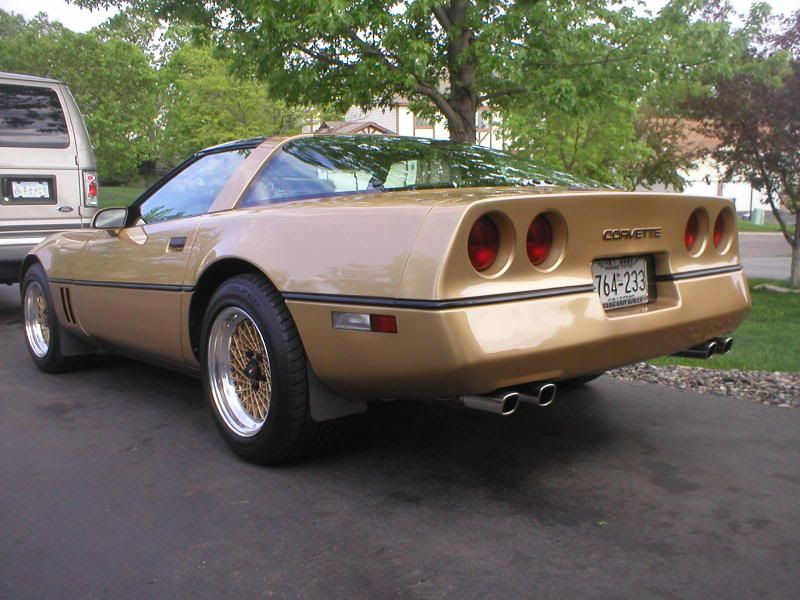hdguy42
Member
I just wanted to share that even though my fuel pump seemily worked fine on my 84, I decided to replace it with a pump for an 85 through 89 c4 (as so many threads and tech papers recommend) and wow, was I surprised! It cured many ails that I had thought were caused by other things. I replaced mine with a Delphi 85 through 89 pump, and it's the best money I have spent on my corvette thus far. It cured a small stumble or hesitation away from lights, very hard starting when hot, my car now idles smoothly at about 600 rpm's, rather than 700-750, a rough idle when cold, and more!
For me.......fuel pump upgrade=best money spent!
Proud owner of a smooth running 84 coupe with 159,000+ miles on original everything that's driven daily, weather permitting!

For me.......fuel pump upgrade=best money spent!
Proud owner of a smooth running 84 coupe with 159,000+ miles on original everything that's driven daily, weather permitting!








